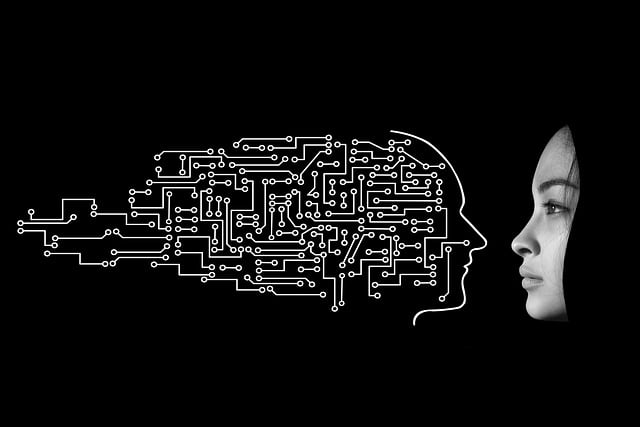
Artificial intelligence (AI) continues to be a transformative force for companies worldwide, changing multiple facets of businesses from customer service to logistics and operations. The Wharton School’s intro to AI for businesses reveals that 84% of top management executives believe in the power of AI to help meet company objectives. AI’s ability to mimic human-like capabilities continues to impress.
However, there’s always the question of how similar is AI to actual human intelligence.
This article explores the key factors that bridge the gap between machine and human intelligence. It can provide valuable insights for business owners to understand the potential and limitations of AI implementation.
1. Machine Learning and Pattern Recognition
One of the core foundations of AI’s human-like intelligence lies in machine learning (ML). ML algorithms allow machines to learn from vast amounts of data without explicit programming. MongoDB’s guide to artificial intelligence details its similarity to human intelligence, noting the capabilities of AI models in analyzing patterns and relationships. A rose is cited as an example, particularly how the human brain recognizes its characteristics like color, shape, and size. An AI system works the same way by analyzing the data fed to it to make identifications, predictions, and classifications, exhibiting a form of intelligent behavior.
2. Natural Language Processing and Communication
The ability to understand and generate human language is a hallmark of human intelligence. AI, through natural language processing (NLP), exhibits similar capabilities. Our guide on ‘What is Natural Language Processing or NLP?’ notes that this technology allows AI systems to comprehend the nuances of human language, including context, sentiment, and intent. This enables them to engage in conversations, translate languages, and even generate human-quality text.
Chatbots powered by NLP are a prime example. These virtual assistants can answer customer queries, troubleshoot issues, and even hold basic conversations, providing a level of interaction that feels increasingly natural.
3. Deep Learning and Artificial Neural Networks
Deep learning is a subfield of ML and it takes inspiration from the structure and function of the human brain. It uses artificial neural networks (ANNs) with multiple layers. A study covering neural networks from MIT explains that it enables AI to process information in a hierarchical manner, similar to how the human brain functions. As a result, deep learning empowers AI systems to excel in areas like image and speech recognition.
A good example is facial recognition software used for security purposes or social media sentiment analysis tools that measure customer satisfaction. These functionalities demonstrate AI’s ability to process complex information and derive meaningful insights, mimicking a human brain’s analytical prowess.
4. Cognitive Computing and Decision-Making
While traditional AI excels at pattern recognition and data analysis, cognitive computing takes it a step further. This branch of AI aims to mimic human thought processes by incorporating reasoning, learning, and problem-solving capabilities.
Cognitive computing systems can analyze vast amounts of data, identify patterns, and propose solutions or recommendations based on pre-defined rules and objectives. This allows them to automate complex decision-making processes, mimicking a human’s ability to analyze a situation, weigh options, and arrive at a conclusion.
AI and Human Collaboration
The key takeaway for businesses lies in recognizing that AI is not a replacement for human intelligence, but rather a powerful tool that can augment human capabilities. By leveraging AI’s strengths in data analysis, automation, and pattern recognition, businesses can free up human resources to focus on higher-order tasks that require creativity, social intelligence, and strategic thinking.
In another post, Edward Bishop delved into the usability of AI and how to maximize its capabilities. This involves methods such as proper training and having open discussions on suitable implementations for the company. In other words, the future lies in fostering collaboration between humans and AI. By combining human intuition and expertise with AI’s computational power, businesses can reach new levels of efficiency, innovation, and problem-solving, propelling themselves toward a future powered by intelligent collaboration.
Interesting Related Article: “The Role of Artificial Intelligence in Financial Markets“
from Technology Articles - Market Business News https://ift.tt/zMdRTam
via IFTTT



0 Comments